We have much more to do and your continued support is needed now more than ever.
Pika Pika: Real-Life Wildlife that Could Inspire Future Pokemon
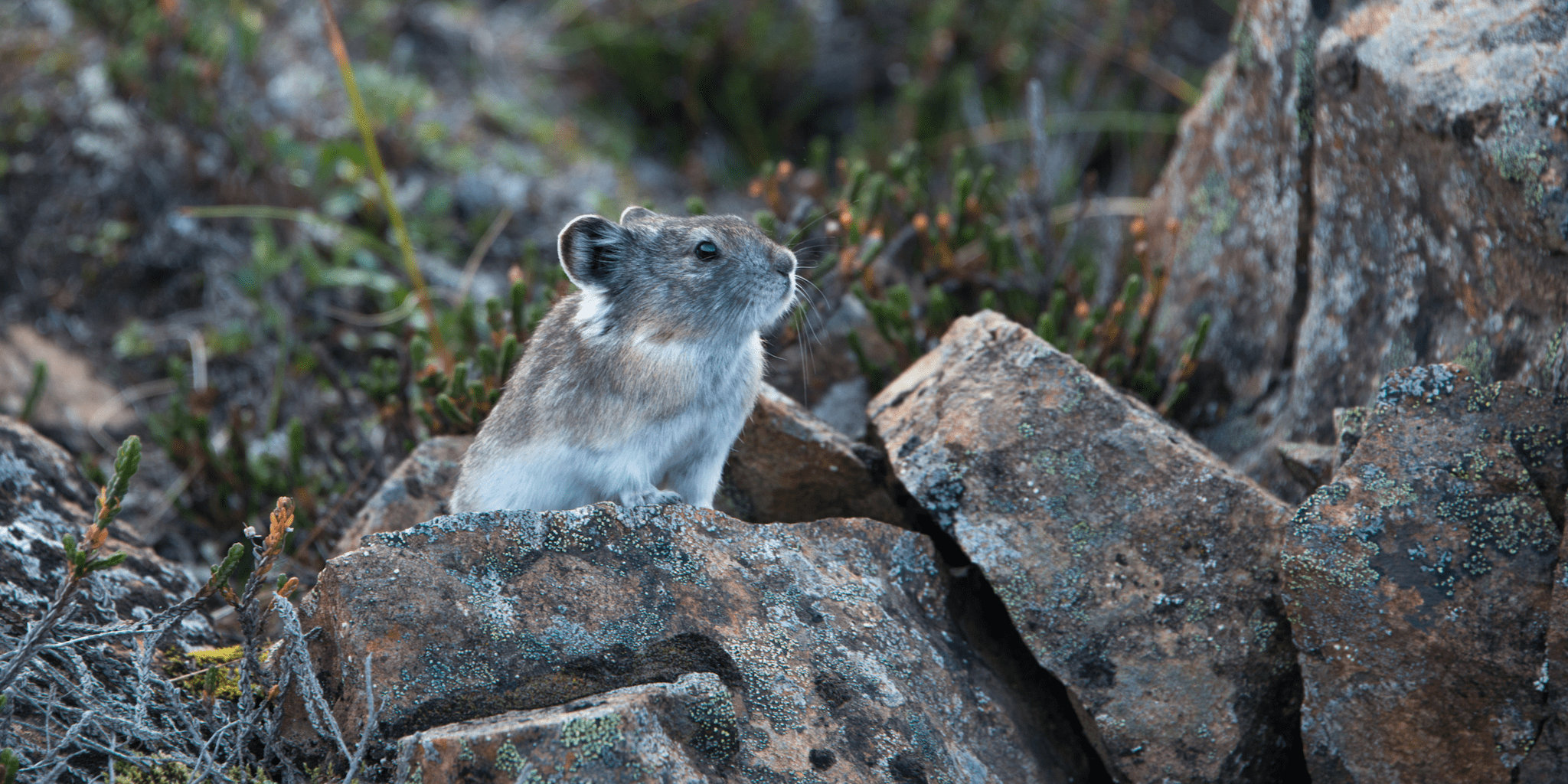
In 1996, a toy and video game marketer’s dream took off with the simple phrase, “Gotta Catch ‘Em All!” Starting out as a video game from the Nintendo company, Pokémon ー or “Pocket Monsters” ー became a viral global phenomenon: tv shows, movies, toys, a trading card game, and eventually a wildly popular mobile app. With new games still being released, there are few signs of “Poké-fever” slowing down.
As a federation that includes birdwatchers and naturalists, we often come across wildlife with traits and behavior that prove the adage “truth is stranger than fiction.” From super hearing to incredible speed, some species exhibit fascinating ー and sometimes downright weird ー traits that Nintendo could use as inspiration for future Pokémon!
Super Hearing and Color Changing:
Northern Saw-Whet Owl (Aegolius acadicus)
At just 8 inches tall, the northern saw-whet owl may be one of the smallest raptors in the United States, but its hearing gives it a big advantage. With the ability to hear sounds as low as -20 decibels, this tiny predator can easily locate small rodents hidden beneath deep snow and forest debris.


Niangua Darter (Etheostoma nianguae)
This fish, which typically resides in the Midwest, will change colors during spawning. Its belly becomes orange-red, and its sides develop iridescent blue-green bars. Unfortunately, this fish is threatened by habitat destruction from dam construction.
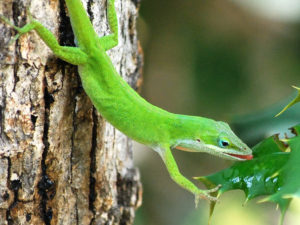
Green Anole (Anolis carolinensis)
These little lizards are native to the southeastern United States and have color-changing abilities similar to those of a chameleon. Green anole are able to change from green to brown in order to blend in with their surroundings.
Super Speed:
Coyote (Canis latrans)
The coyote lives across in North America, and this agile canid can reach speeds of 43 miles (70km) per hour! It can catch fleet-footed prey such as rabbits and birds, but its speed really comes into play when escaping predators. Even an injured coyote can outrun a human being ー a study of several three-legged animals showed that they can reach speeds of 25 mph (40 kph)!
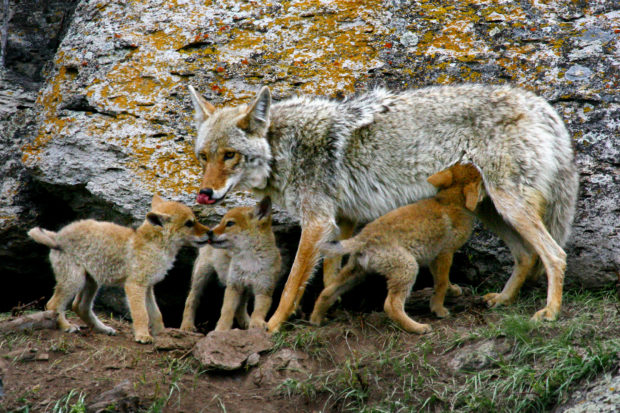
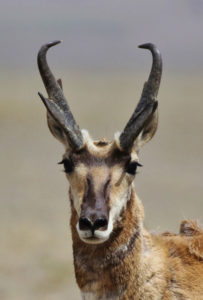
Pronghorn (Antilocapra americana)
North America’s fastest land mammal is the pronghorn ー worldwide, they’re second only to the cheetah! Not only can this speedster sprint at 55 mph (88 kph), they’re also talented long-distance runners and can travel for miles at 25 mph (40 kph).
Just Really Cool Ways of Getting Around:

The Earthworm (Lumbricus)
While over 6,000 different species exist worldwide, one of the most recognizable worms is the good old-fashioned “nightcrawler.” It has a fascinating ability to excrete a lubricating fluid that keeps its skin moist and allows it to easily move through underground burrows. One Australian species can shoot fluid as far as 12 inches through skin pores!

Nine-Banded Armadillo (Dasypus novemcinctus)
There are about 20 species of armadillos in total, but the only species in North America is the nine-banded armadillo. Despite being covered in armor to protect them from predators, water is no obstacle for these amazing creatures: They can hold their breath for up to six minutes and can swim or “walk” along the bottom of rivers and streams!
Lastly, but certainly not least … the rumored inspiration for Pokémon’s famous yellow mascot, Pikachu:
American pika (Ochotona princeps)
The adorable American pika is a fuzzy, potato-sized herbivore that inhabits the tops of western mountains. Frantic workers, these rodents collect large piles of wildflowers and grasses during summer ー a process called haying ー to eat during winter. But unlike their fictional counterpart, they are not yellow and cannot generate electricity.
American pikas are particularly threatened by climate change, as warming temperatures force them to migrate to higher altitudes, eventually pushing them entirely out of certain regions.
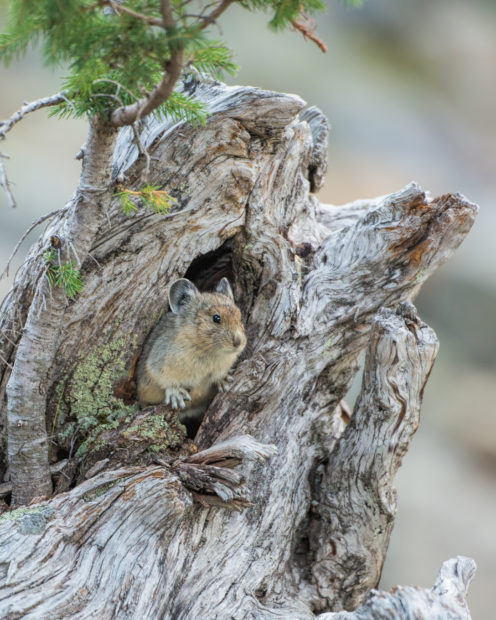
With the Pokémon franchise more popular than ever, we can’t wait to see whether any of these magnificent species inspire new digital counterparts.





















